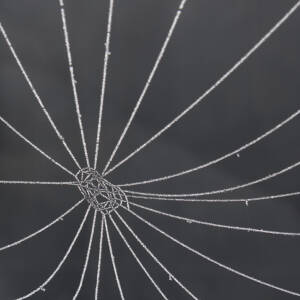Queuing for water
Everywhere I've been in Myanmar there has been drinking water readily available along the roads. It's often in a terra cotta pot (unglazed, so the water stays cool) in the crook of a tree or in a simple wooden shelter on a shelf at a level convenient for adults and children. The pot is covered with a metal plate on which sits a metal cup, untied, since people trust each other to put it back. Each pot holds six or seven litres and replenishing it appears to be a communal responsibility. In places where lots of people congregate, such as temples, there are either rows and rows of pots or huge tanks of water. Nowhere else I've been in the world makes this basic commodity of life so freely available to all.
Guidebooks and doctors warn travellers to buy bottled water and I have been cautious, though when I did drink water from a pot I was fine.
Only in towns is there indoor tap water. In the countryside I cycled through this morning I saw, as well as many terra cotta pots, pump wells next to houses. Once I got to Maing Thauk, a village on the lake that I didn't see yesterday, I discovered that those who live in stilt houses over the lake collect their drinking water by boat from a communal pipe.
On my ride I saw sugar-cane harvesters and the burnt stubble of fields already harvested. That explains the sweet woody smell that has been drifting over the town. Some of the cane was being processed in the fields under bamboo and corrugated iron shelters; some is taken to the factory in town that smells alternately of caramel and molasses.
And on to Mandalay...
I've had real probems with the high contrast in this shot. I know it's not great, but at least you can glimpse a bit of Myanmar.

Comments
Sign in or get an account to comment.


